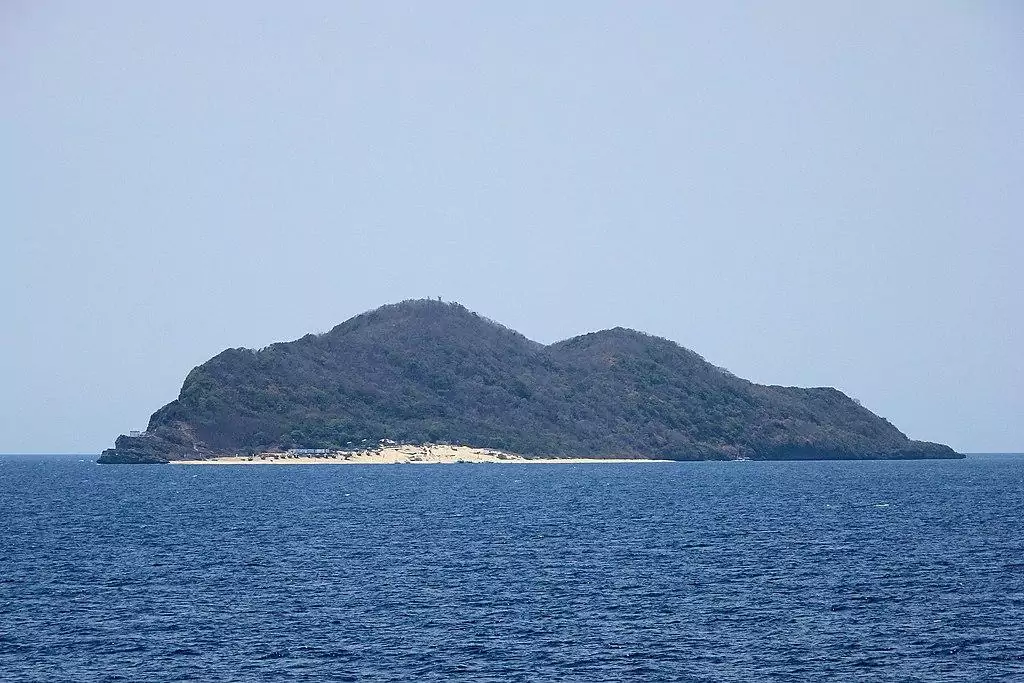
Greece and the Philippines are each located in a different corner of the world, however, one Filipino island seems to defy the sheer geographic distance between the two countries. Located about 14 kilometers off the coast of Luzon, the Fortune Island is a tiny speck of land, where the abandoned remnants of a Grecian-style resort recently became one of the region's weirdest tourist attractions.
Four centuries ago, South East Asia was the battleground of several European powers which rivaled each other for a regional dominance. In 1600, a seemingly insignificant island, tucked away about 14 kilometers away from the coastline of Luzon, became the scene of a naval skirmish between the Dutch and the Spaniards. As a result, a Spanish ship named “San Diego” carrying a hefty treasure was sunk in front of the islet, taking its crew and zillions worth of fortune into the abyss.
Fast forward to 1992, the storied shipwreck was finally discovered when an international group of archaeologists led by Franck Goddio spotted the sunken vessel underwater, roughly a kilometer away from the island.
In 1995, José Antonio Leviste, the former governor of nearby Batangas Province who purchased the 27-hectare island at that time, decided to capitalize on the place’s mysteriousness and erected a five-star resort, aptly naming it the “Fortune Island” as a tribute to San Diego’s lost treasure. During its heyday, the resort was home to dozens of beach cabins, seawater pool, dance-club, snake enclosure, small desalination plant and a museum fully dedicated to the Spanish sunken vessel.
Nevertheless, the resort’s true centerpiece was a replica of Athens’ Parthenon, built atop a limestone promontory from where visitors could gaze at the main beach as well as the surrounding ocean. In stark contrast to its source of inspiration, the Island’s Acropolis was merely comprised of a few Ionic columns, nondescript pediment and a medley of Grecian sculptures. However, it was apparently enough to attract some of the country’s richest persons.
The resort’s days of glory were short lived as only a decade after its inauguration, the luxurious lodge was permanently closed. While the reasons behind the sudden abandonment aren’t entirely clear, the lack of freshwater and a 2006 typhoon which struck the island were the last nail in the not so fortunate coffin.
After a couple of years where the once coveted resort fell into a state of oblivion, a Korean businessman who leased the isle opted to open the Fortune Island for visitors in 2013, making lemonade out of Leviste’s lemons. Ironically, the island’s current reincarnation seems far more popular and successful as intrepid visitors from all over the country flock to the island to witness its abandoned facilities, particularly the Greek-style ruins.
The island is accessible through a boat service from the close-by Fortune Island Resort in the close-by Nasugbu, with prices ranging between 325 to 1000 PHP (6-18 USD) per person, depending on the size of the group. Visiting the island also entails a small entrance fee with an option of overnight camping.

The Fortune Island as seen from afar
photography by: P199/ Wikimedia Commons

The cloned Parthenon atop the limestone cliff
photography by: bonheureux/ Wikimedia Commons